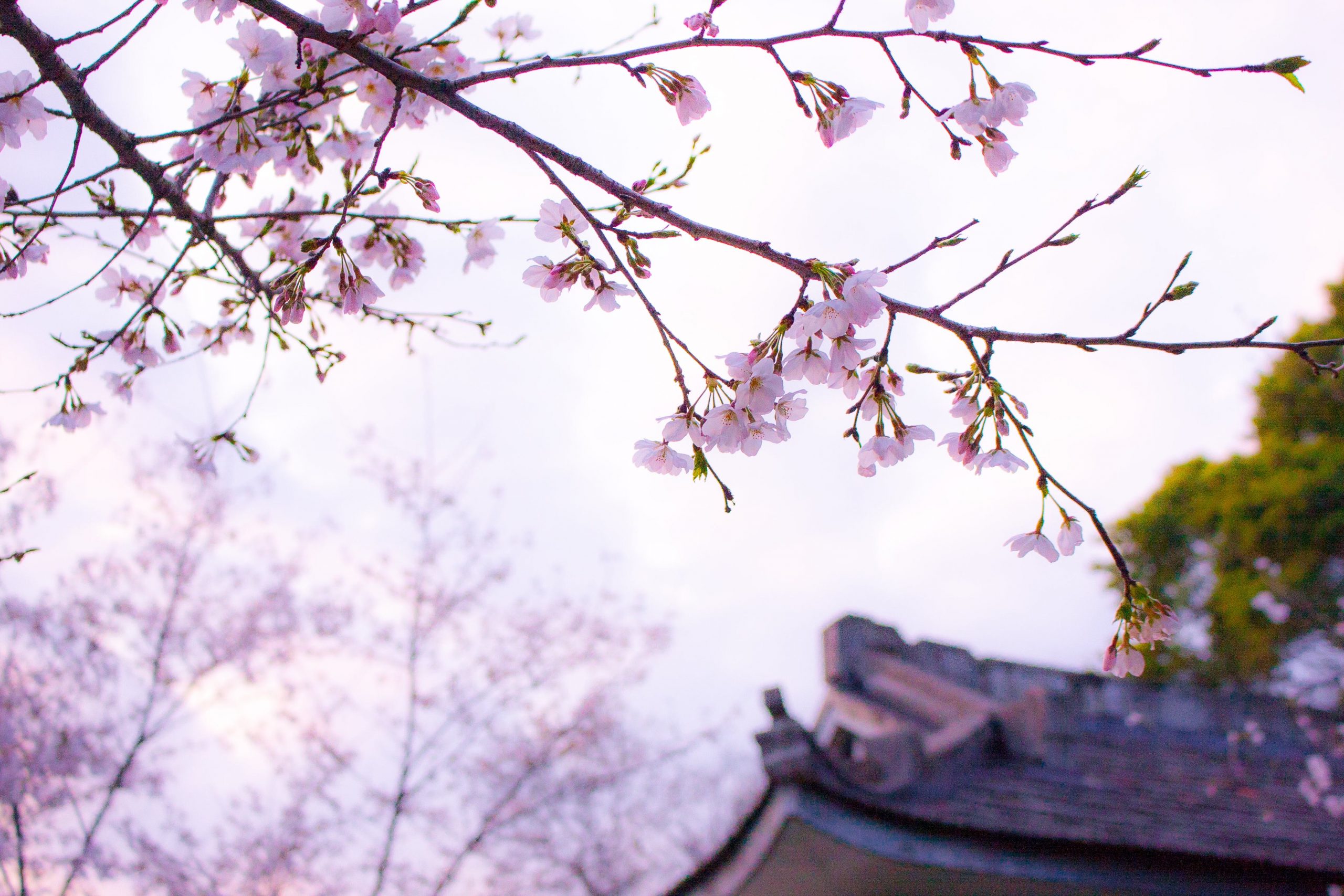The UC Berkeley Karate Club has certain protocols & procedures we all follow in the dojo. These are both guidelines and time-honored traditions for the effective learning and practice of Karate and are based on respect, humility, and hard work.
Karate begins and ends with courtesy and respect – that is respect for oneself, one’s fellow students, one’s instructors, the project at hand (i.e., the learning, teaching, and practice of Karate), and the martial art itself – as the club’s system of bows signifies.
Before Practice Begins
- Students should arrive well before class starts. Students are responsible for preparing themselves physically and mentally for training.
- Club members remove shoes and socks before entering the dojo. Club members do not dress for class inside the dojo. Pants and tops should be tied and belts should be on and properly knotted before entering. Each club member does a standing bow upon entering the dojo to signify the beginning of his or her personal practice – the outside world is left behind, and the mind focuses only on Karate.
- Uniforms should be clean (that is, they should neither smell, nor be discolored). T-shirts and uniforms should be tucked in. No body armor is allowed unless it is protecting an existing injury.
- Bags, backpacks, shoes, and other such things that club members may bring into the dojo should be neatly placed out of the way along the side of the room.
- Please remove all jewelry, watches, rings, bracelets before training – this is essential to avoiding accidents during training, particularly when working with partners. Fingernails and toenails are to be kept trimmed. Chewing gum during class is not permitted.
- If junior students need help, they should feel free to ask the senior students, who are both happy, and expected, to assist.
- Club members should always bow to acknowledge the help or instruction that they personally receive from others.
- If a student arrives late, he/she should bow in as usual, warm up out of the way of the class and join the class when he/she is fully warmed up and ready to train.
During Practice
- Silence and seriousness are essential for the intensity and focus necessary for productive training and students should give 100% of their attention at all times to any instructor who is speaking.
- Club members should move quickly and not waste time. Every movement one makes in the dojo is Karate-Do. We line up from left to right. Show your awareness, readiness and enthusiasm by lining up quickly and properly in straight lines with no gaps, equally spaced, left to right.
- The training can be hard, but one should never give up. One should always try one’s best. There is no shame in trying but failing. There is shame in not trying.
- All injuries should be reported immediately to the instructor.
- Club members should respectfully heed the advice and comments of others. If someone tells a student something that the student suspects is wrong, the student should not ignore this person, but politely thank him or her and then check this information with an instructor.
- Sometimes we will break in the middle of class – this is intended for you to stretch, use a towel, hydrate, and/or reflect on your training. During this time, remain focused on karate. If you’d like to socialize with other members of the class, the best time to do so is before or after class.
- The dojo is a place of mutual respect, regardless of rank.
After Practice
- The Karate Club must be out of the dojo promptly so that another class can use the room; on such days, club members should move out of the room quickly. Any necessary club business should be conducted out of the way in the hallway.
- Before leaving the dojo, each club member does a standing bow to signify the end of his or her personal practice.
